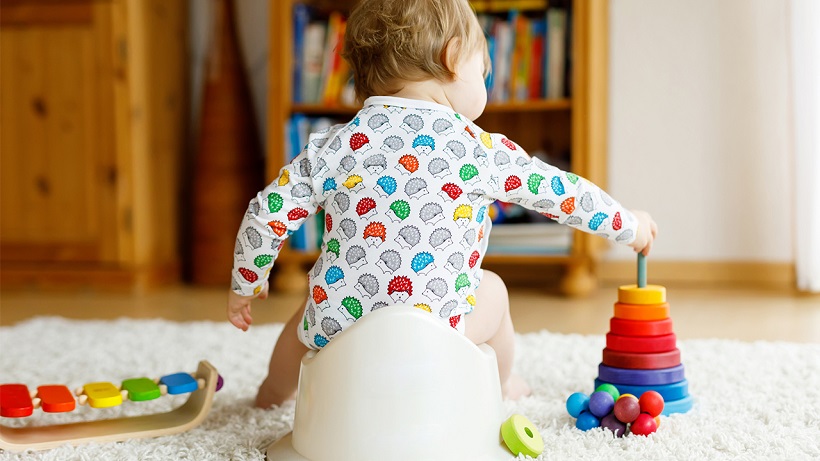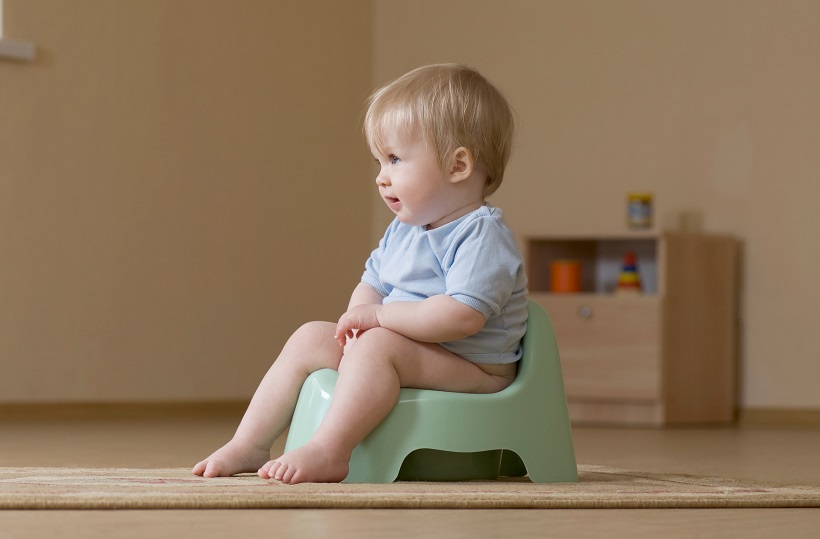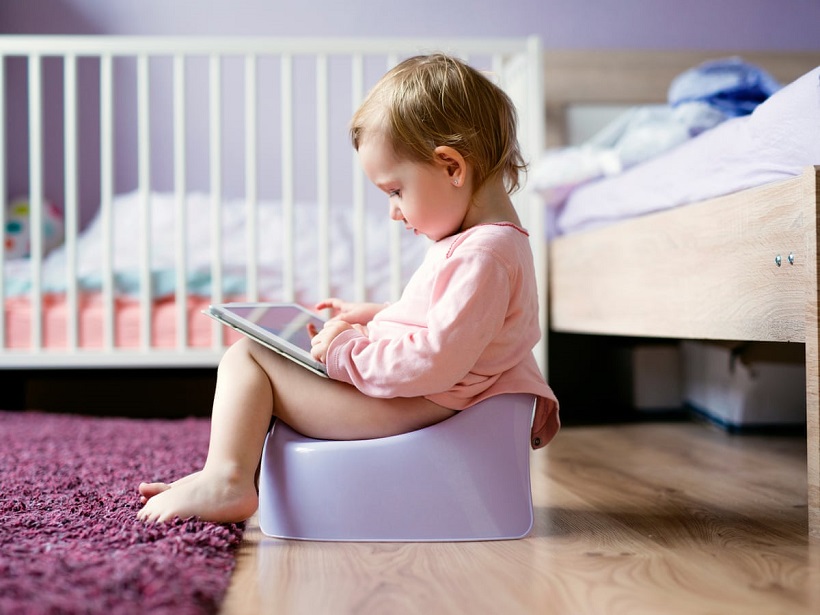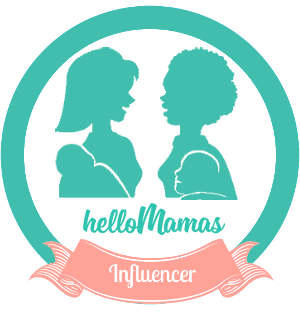3-Day Potty Training: How to Do It Without Losing Your Sanity
Contents
Do you feel that it’s time to potty train your child? Potty training is an important milestone and obviously, parents will have some worries about it. What I’ve found to work best with my two boys was potty training in 3 days.

Although it’s definitely an intense process, it’s so remarkably effective that I recommended it to everyone! The only thing is, you’ll have to clear your calendar and be around your kid throughout the day so you can get a sense of his/her signals and patterns.
Benefits of 3-Day Potty Training
Every parent gets excited about the idea of getting their little one out of diapers in just three days. By ditching disposable diapers you’ll save a lot of money while cutting down on landfill-bound waste. And even if you use cloth diapers, you’ll get to do less laundry. Moreover, you will no longer have to wrestle with a toddler who’s outgrowing the changing table, just to get a clean diaper on him/her.
What Age Should Kids Be Potty Trained
Opinions are divided on this matter. Some say that 22 months is the ideal age to make the transition. Others say that most toddlers will start to show signs of readiness between 16 and 26 months. And then, there are those who say that 22 to 26 months is the best period for potty training. According to experts, some signs of readiness can include:
- Hiding to poop;
- Resisting diaper changes;
- Having bowel movements at the same time every day;
- Letting you know with words or gestures that he/she needs a diaper change;
- Your child can stay dry for a couple of hours at a time;
- Your child can put his/her pants up and down.

What You’ll Need for Potty Training
Potty training seats are the key element in this process. If you want to stick to the toilet, a potty seat that goes on top of your home toilet seat to reduce the size of the opening is a great option. Pick a suitable toddler toilet seat to keep your child’s legs in the proper position (which can help with pooping). It’s comfy, your kid can get to it all by themselves, and there’s no fear of falling in.
When it comes to which toddler toilet seat is best, my answer is the one that is safe, simple to use and just the right size for your little one. No matter which model you choose, it should be stable, your toddler’s bottom should fit comfortably on the seat, and it should be easy to clean.
On the other hand, a stand-alone potty has a number of benefits for your toddler. It comes in a kid’s size so your child can get on and off on their own. During prolonged periods of trying to go (particularly for number two), your toddler won’t be monopolising the toilet (an important factor to consider if you have one bathroom in your home).
Seat reducers also have specific benefits. They are less expensive than a stand-alone potty and take up less floor space. Plus, the child will get used to the regular toilet, which makes the transition from a potty to the regular toilet a lot easier. Plus, there is less mess to clean after each use. Note that if you choose a seat reducer, you may need to invest in a stool to help your kid get up on the toilet and provide adequate foot support when they are using it.

How to Potty Train in 3 Days
Day 1
- Prepare yourself – The first day of potting training is the most intense one as you are supposed to keep an eye on your child the whole day. On that day, there is no leaving the house, no walking the dog, no running to the store. So, make sure you’ve had your coffee, checked your email, showered and have done everything else you need to do before beginning. Focus.
- Have your kiddo totally bottomless – Do this for at least the first day. If it is cold, dress them in a sweater and socks but no underwear or pants.
- Keep a close eye on your little munchkin – This will help you learn their sings and catch them as they start to pee or poop. As soon as you notice it happening, pick up your kid, bring them to the bathroom and say “pee/poop goes in the potty”.
- Celebrate – Even if it’s just a drop of pee in the potty, make a big deal out of it. Consider an enthusiastic potty dance or anything else that makes the child feel happy. The point is to make it a fun and positive experience.
- Give reminders – Remind your child frequently about the potty with phrases like” let mum know when you have to go pee”. Check your child’s undies often and praise them every time their panties are dry.
- Determine if it’s working – By the time your child has successfully gotten at least some pee in the potty for about 10 times with your help, they may start doing it themselves. You’ll know in the morning after day one whether it’s going to be successful or not. If your child continues not only to have accidents but also doesn’t seem to pay much attention to your potty talks, it’s likely their body just isn’t ready yet. If this is the case, don’t make a big deal out of it and try again in a month or two.
Day 2 & 3
Ideally, by the end of day one, your child will have started to get the hang of things and will be communicating either verbally or with gestures, when they need to use the potty seat. Essentially at this point, the rest of the time will be just practice. You’ll be watching until you notice there are no accidents happening.
And there you go, folks. Potty training can be as easy as 1-2-3. Good luck!



